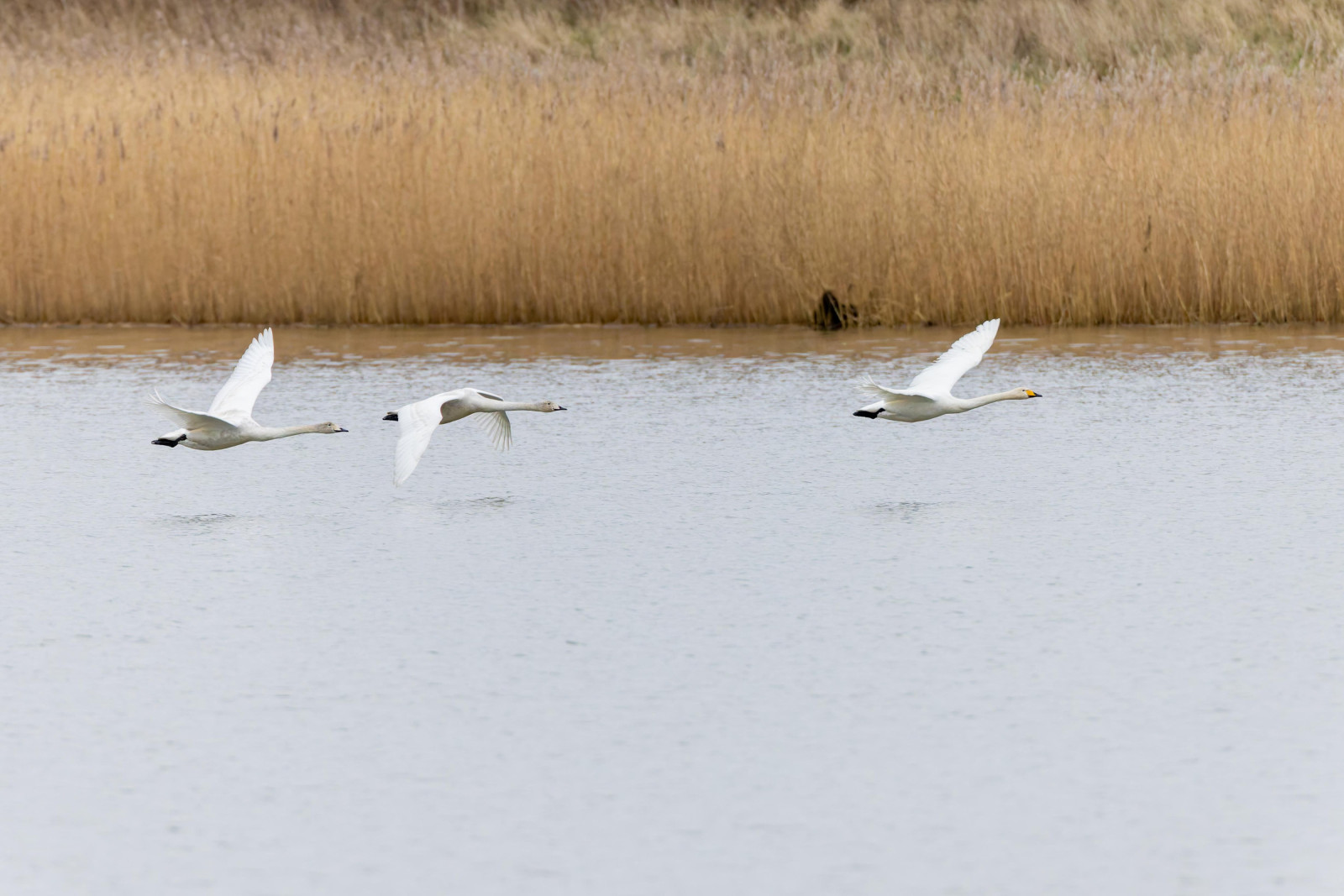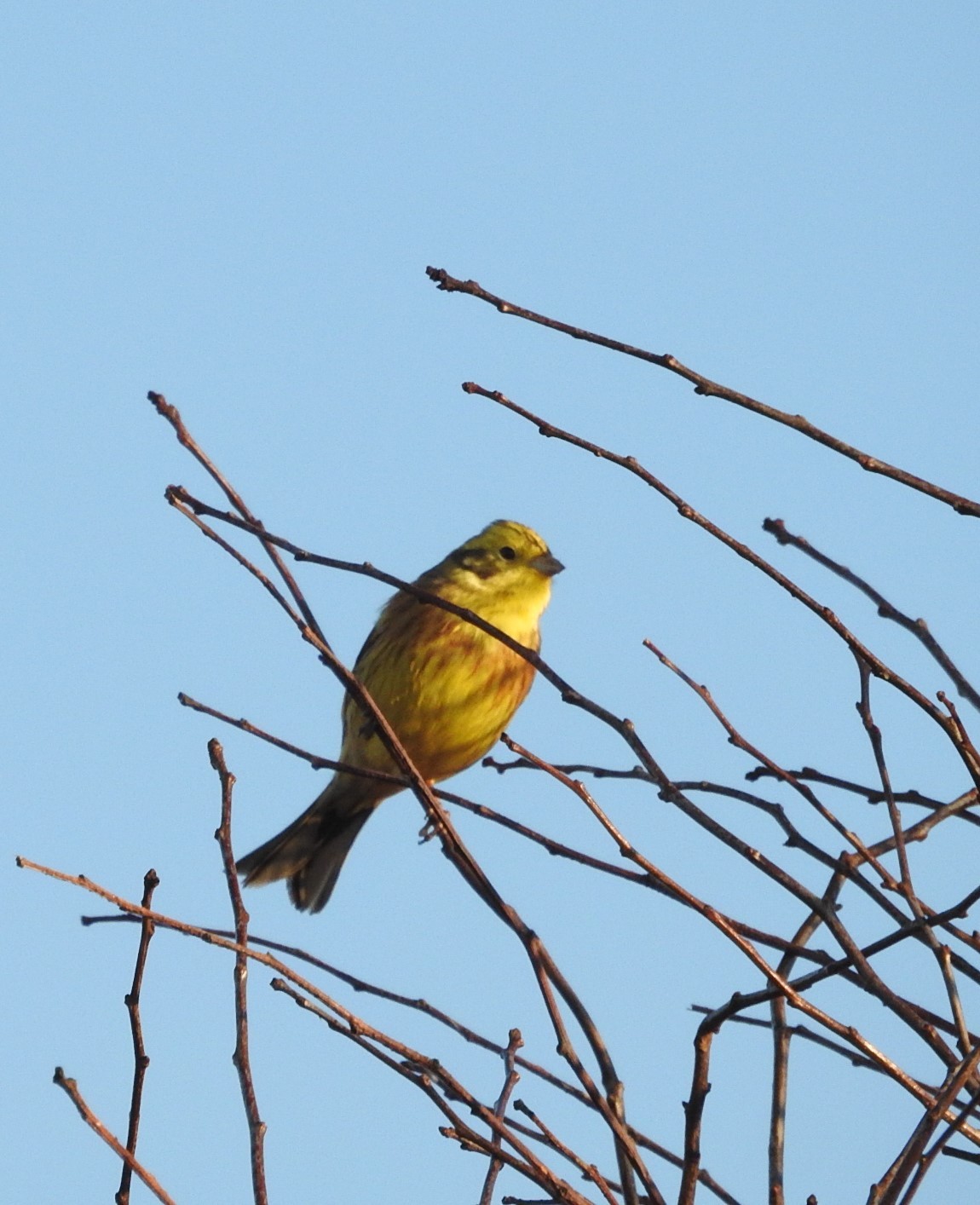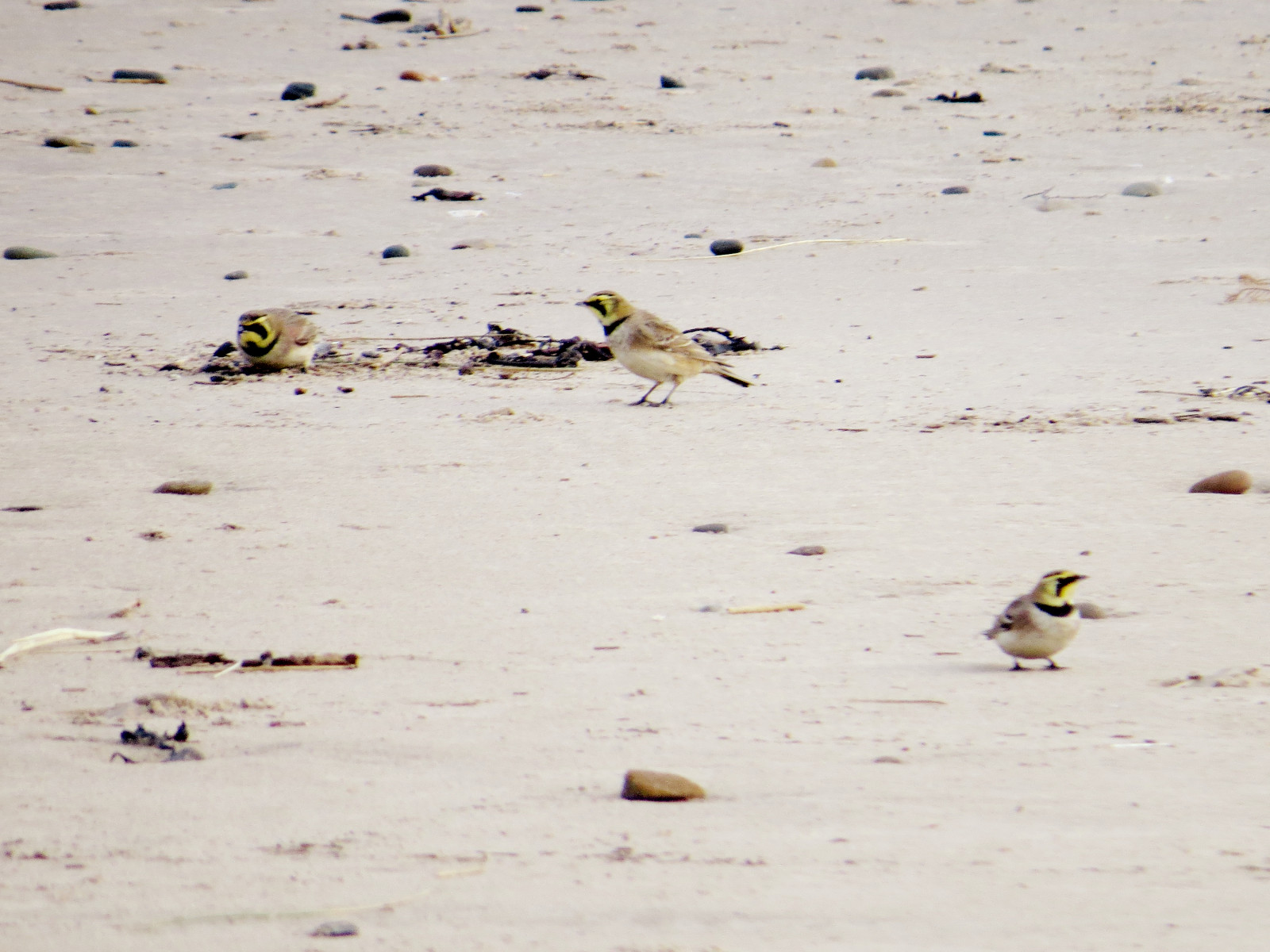Description
Καλαμόκιρκος is present throughout the year, with many seen on passage and wintering this year.
Καλαμοποταμίδα, (Ευρωπαϊκό) Ψευταηδόνι, and Θαμνοτριλιστής breed, among a wide variety of summer visitors.
Λευκοσκαλίδρα and other roosting waders and gulls can be found on the beach, and in summer, terns including occasional Roseate Tern. In winter, Χιονοτσίχλονο and occasionally Χιονάδα use the beach where the Chevington Burn runs out. Sea ducks such as (Κοινή) Πουπουλόπαπια,(Ευρωπαϊκή) Μαυρόπαπια and Θαλασσοπρίστης, and also Κηλιδοβούτι, can be seen on the sea, along with Common Guillemot and Atlantic Puffin from nearby Coquet Island.
Αιγίθαλος and a good variety of young woodland species including wintering (Κοινό) Λούγαρο, Lesser Redpoll and sometimes Τσακρίλλι.
Καπακλής and good numbers of other wintering and breeding wildfowl; in winter it is worth checking the (Ευρωπαϊκό) Κιρκίρι flocks for vagrant Green-winged Teal, which occur here surprisingly regularly.
Details
Access
Parking available on reserve along a poorly maintained track. Alternatively, 'pay and display' parking is available in neaby Druridge Bay Country Park. Bus X18 from Newcastle to Red Row (nearest point to reserve). The National Cycle Network Route 1 runs along the east edge of the site.
Waterproof boots or wellingtons advisable in winter and wet periods.
The route around the south end of the reserve has narrow paths and can be very muddy.
Terrain and Habitat
Grassland , Dunes , Reedbeds , Beach , LakeConditions
Flat , Sandy , Open landscapeCircular trail
YesIs a telescope useful?
Can be usefulGood birding season
All year roundBest time to visit
Winter , Summer , Spring migration , Spring , Autumn , Autumn migrationRoute
Wide path , Unpaved road , Narrow trailDifficulty walking trail
Average walkAccessible by
Foot , Bicycle , CarBirdwatching hide / platform
YesExtra info
I update information regularly on my blog (link below); use the search facility or archived months matching your visit to get an idea of what can be seen. Also on twitter: @DavidEe13975025




